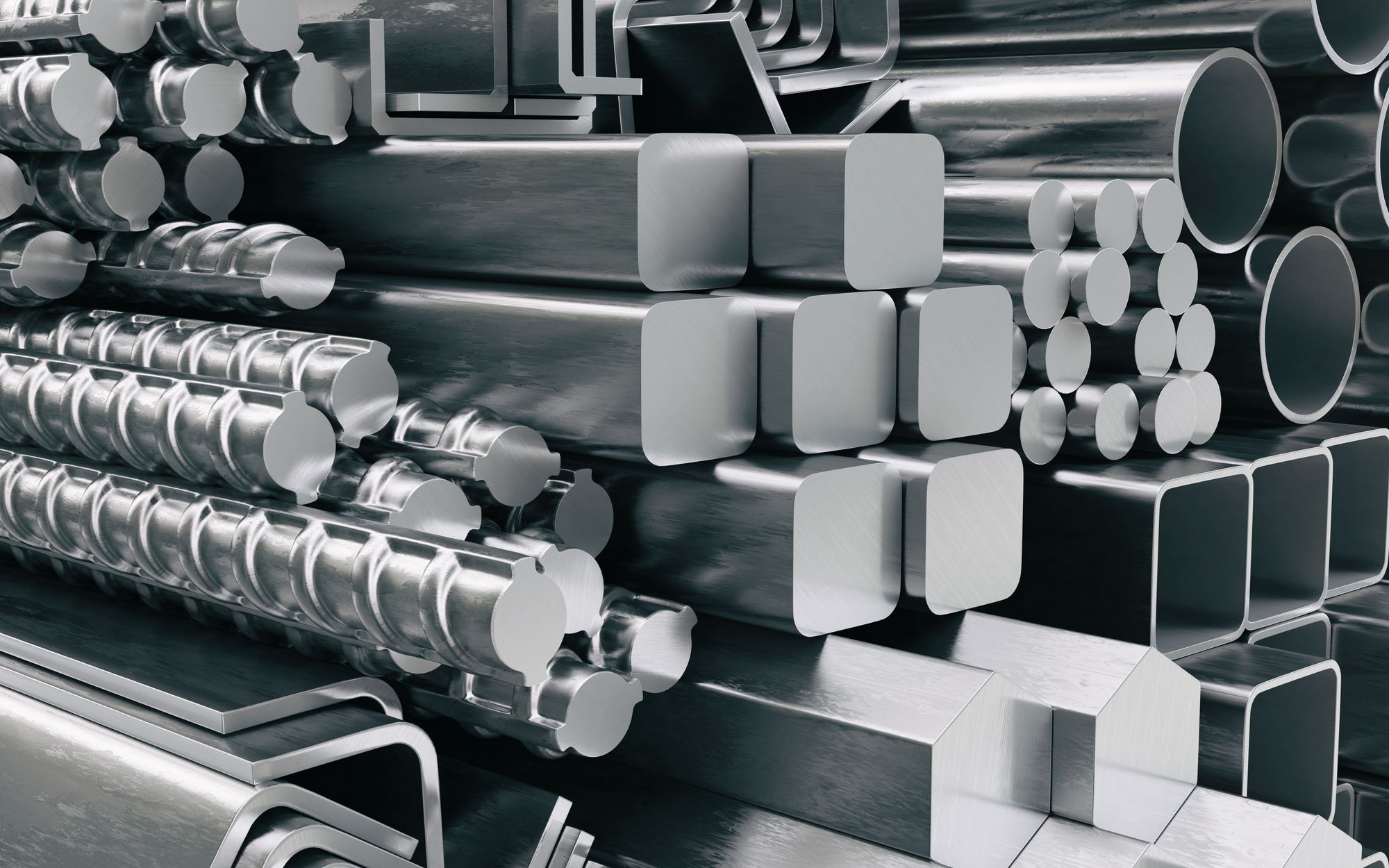Steel has always ruled when it comes to industrial and construction equipment. Steel is strong and when you bend or weld it, it becomes stronger yet. However, steel is heavy and tends to corrode with road chemicals. There has been a push of late to reduce vehicle weight and reduce corrosion on equipment caused by road chemicals. One solution to these problems is the more extensive use of aluminum components.
The two main advantages of aluminum when used in industrial equipment are weight reduction and corrosion resistance.
Steel is two and a half times denser than an equivalent aluminum item. So, for a 100-pound piece of steel industrial equipment, the same part made from the same thickness of aluminum will only weigh 40 pounds. This can be a huge advantage when a manufacturer’s goal is to reduce the overall weight of a piece of equipment. There are other factors that must be considered, but size for size, aluminum wins in the weight category.
Corrosion resistance has become an issue for any manufacturer selling road going equipment in areas where snow and ice are prevalent. The use of calcium chloride and magnesium chloride on roads increase the corrosion of steel to the point where manufacturers are considering aluminum to gain a higher resistance to corrosion.
Aluminum has two main advantages for industrial and construction equipment. Unfortunately, this doesn’t mean a contractor can just change out a steel component for an aluminum part of the same shape, size and thickness. Although aluminum provides great weight reduction, it also takes away strength. Aluminum sheeting, for example, in a classification that is easy to bend, form and weld is close to half of the strength of comparable steel sheeting. Although there are stronger series of aluminum, the cost implications of these higher grades limit their use for most applications. Thus, when deciding where to use aluminum, consideration must be given to the strength requirements. The most frequent used locations are in non-structural components, such as covers, hoods and cabins.
There are aluminum classes, such as 6000- and 7000-series aluminum, that offer wonderful strength characteristics. These series of aluminum can be used in structural members when designed properly. An example may be a custom-designed aluminum extrusion that increases material thickness to support higher stress loads. This allows for “material-where-needed” engineering. The cost, however, of these series of aluminum may be prohibitive to many applications.
Aluminum has many benefits, but there are times when aluminum is just not the right material. When looking at structural members for a piece of equipment, steel has been the material of choice. Steel is almost always stronger, easier to weld and has considerably less fatigue issues than aluminum. A good example of this may be the landing gear on an airplane. Although the passenger compartment and wings are made of aluminum spars and sheeting, the landing gear is almost always steel with possibly a little titanium for good measure. When it comes to serious structural parts that see a lot of wear and tear, steel is the easy answer.
An inherent problem with aluminum is the weld joint. When aluminum is welded in a traditional way, the weld itself is weaker than the parent material making the weld susceptible to cracking. Steel on the other hand is stronger at the weld than the parent material. This doesn’t mean a failure is guaranteed, but it does mean that more precise up-front engineering and inspection may be needed for aluminum parts.
Another caution with aluminum is galvanic corrosion. Although aluminum does not react with road chemicals, it does react to steel. If you bolt a piece of aluminum to a piece of steel, in a few short weeks, you will notice something called galvanic corrosion. This is a chemical reaction is a simple issue to solve on the front side of manufacturing, but not as easy on the back side. Whenever using steel and aluminum and they need to touch, a barrier must be used. A quality manufacture will use one or more methods to prevent this, and consumers should never experience this in the market place.
There is seldom a perfect choice in choosing material for industrial equipment. Steel has always been the material of choice. It is easy to cut, bend and weld. And its strength allows for maximum durability.
Aluminum on the other hand is lightweight, easy to bend and resists corrosion. Aluminum can find its place. Through proper engineering and manufacturing, aluminum can work for anything from sheet metal covers to boom sections or stabilizer legs.







